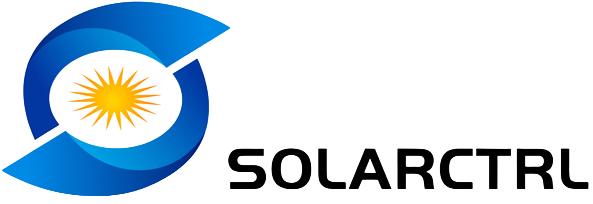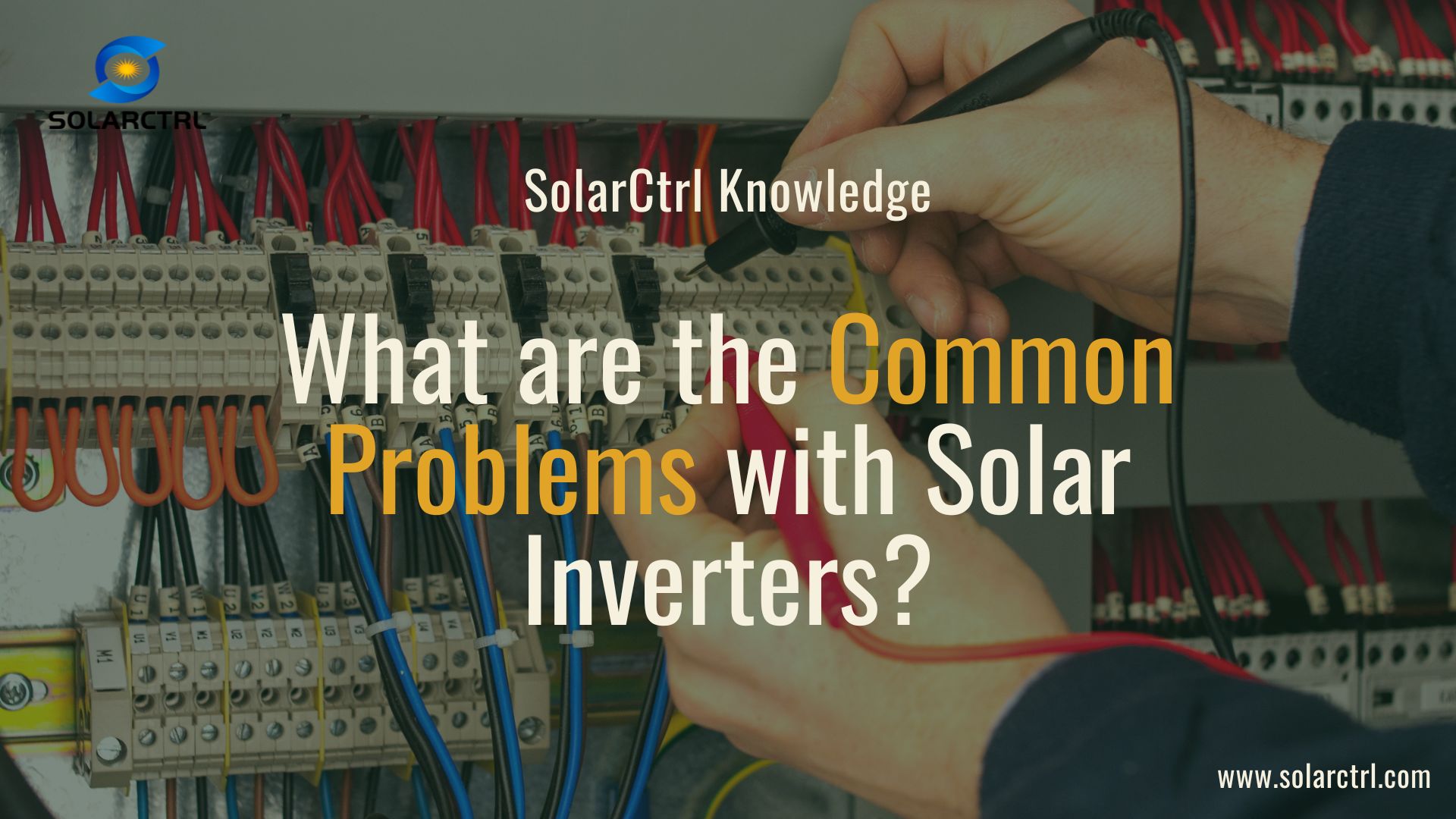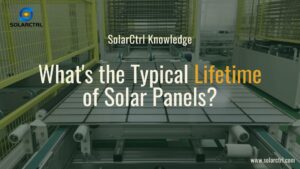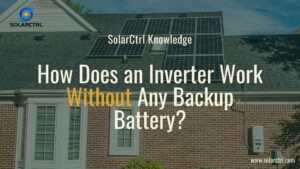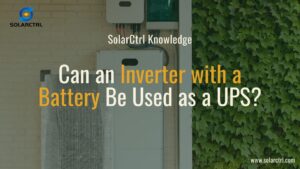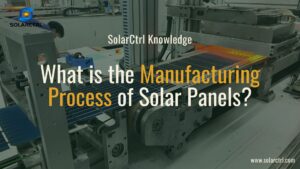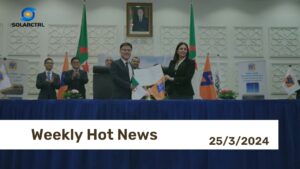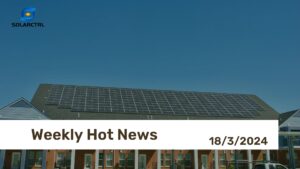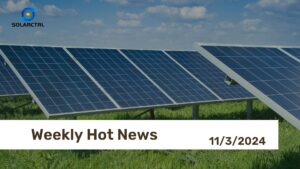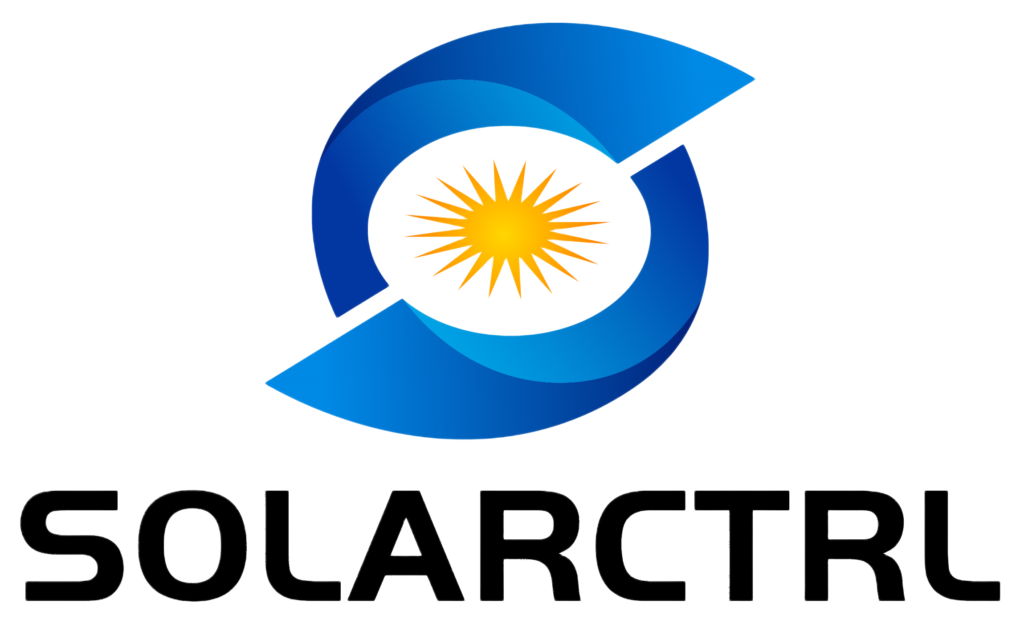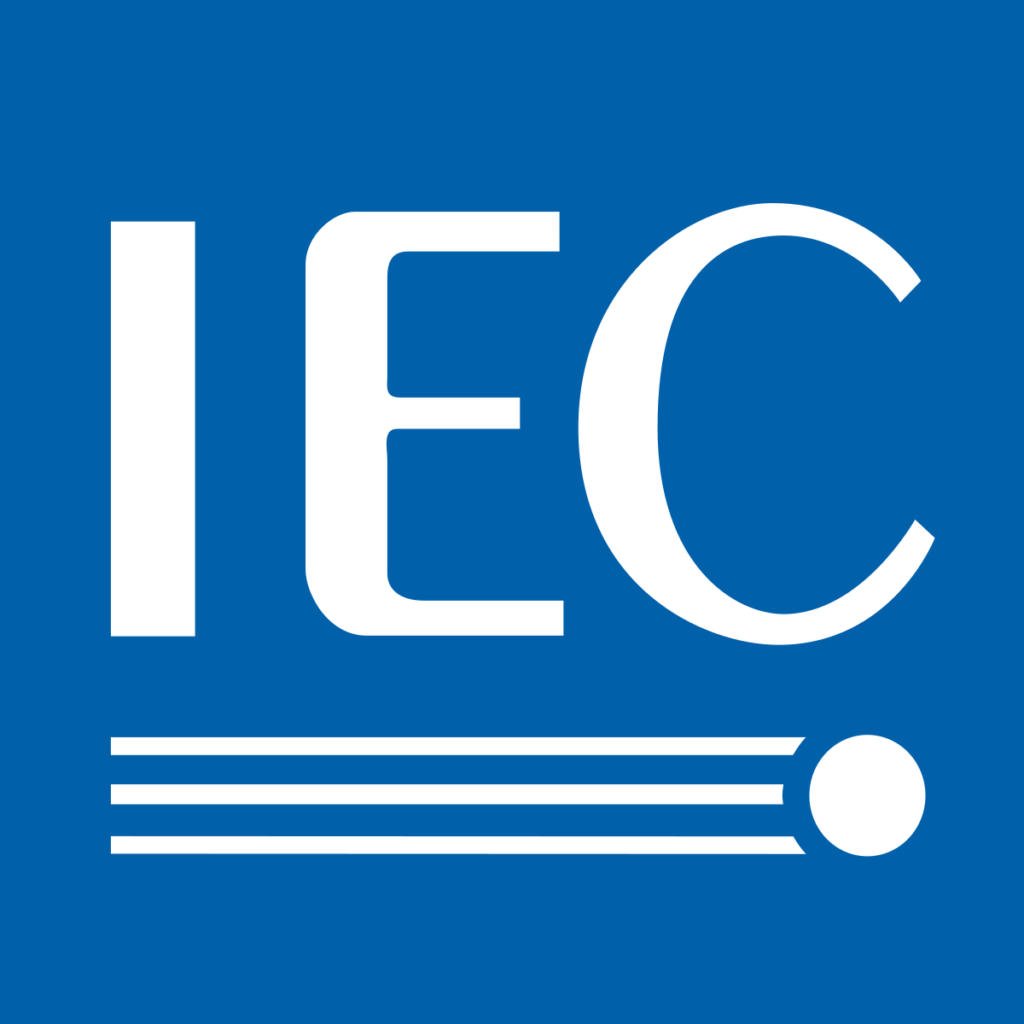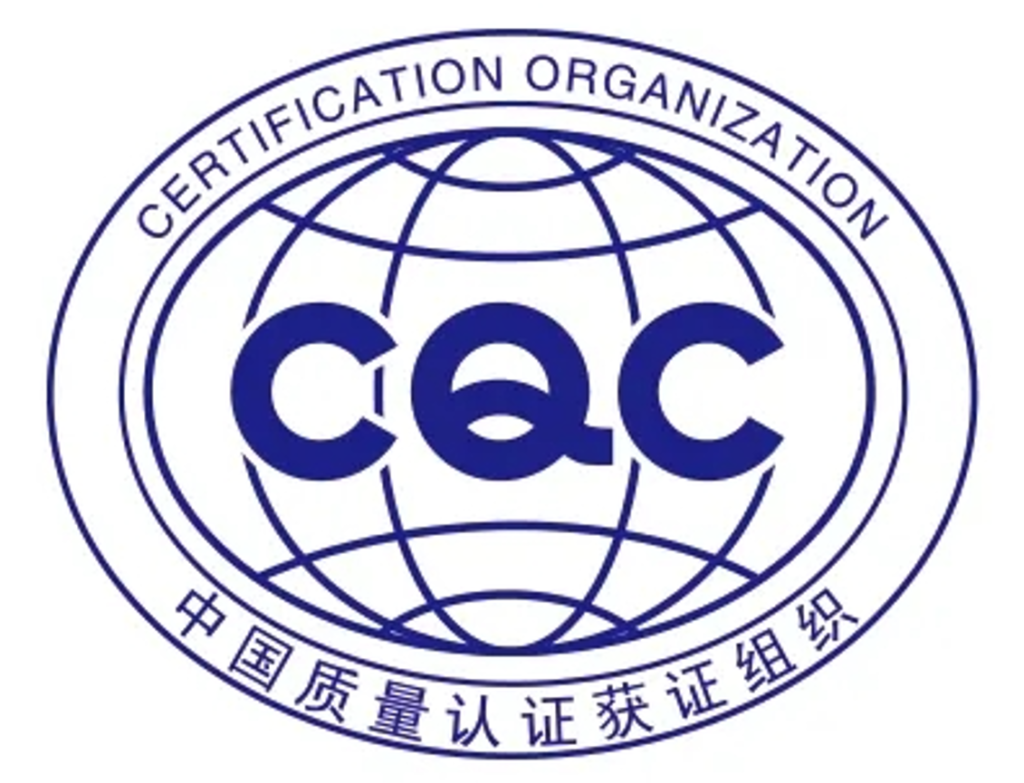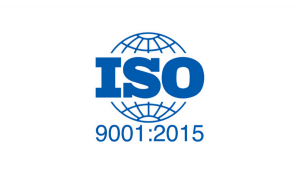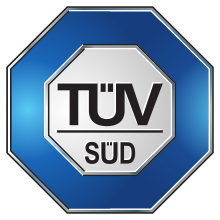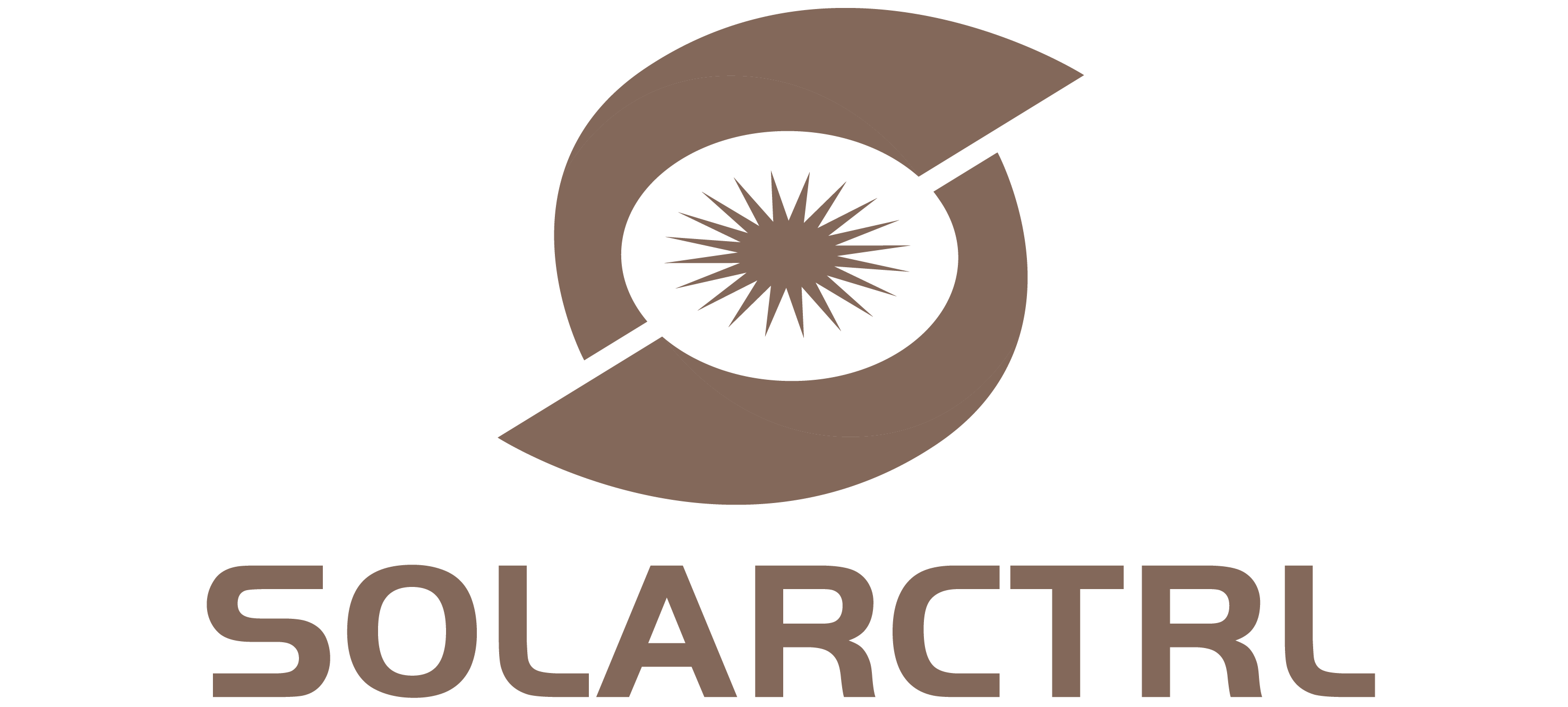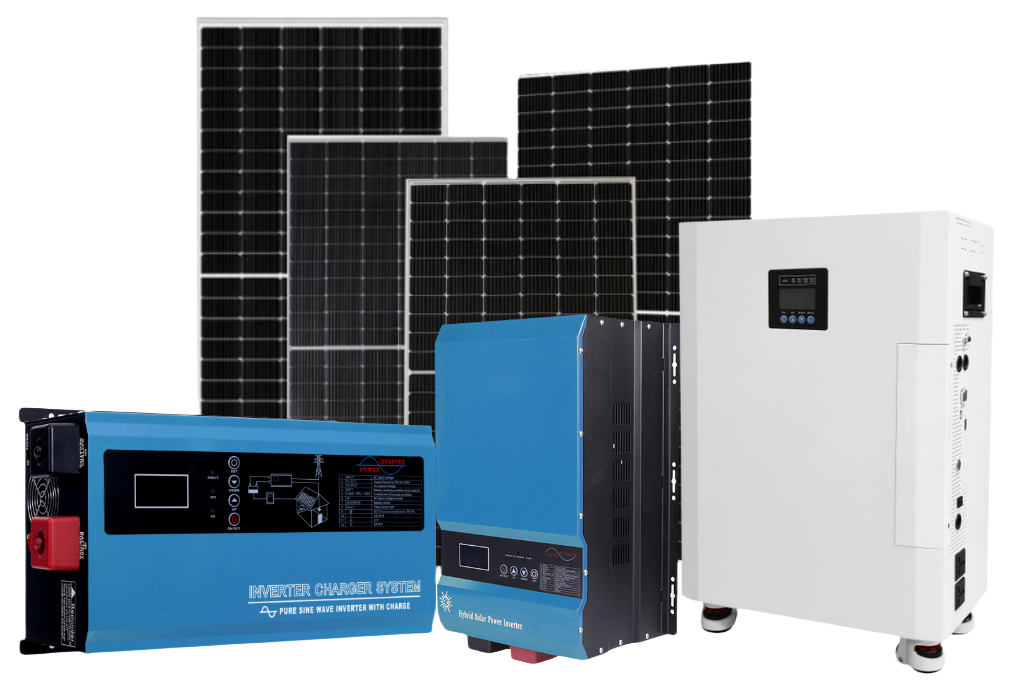Introduction
Everyone knows that solar inverters are indispensable machines that convert the direct current (DC) generated by solar panels into the alternating current (AC) used in homes and businesses. But are you aware of the common issues that can plague these devices? What causes these problems, and how can you mitigate them to extend the lifespan of your solar system?
Common issues with solar inverters range from bad installation and isolation faults to overheating, failure to restart, inability to hold a charge, and MPPT module problems. Each of these can significantly reduce the efficiency and longevity of your solar energy system.
Let’s explore these issues in detail to understand their causes and solutions, ensuring your solar system operates at its best.
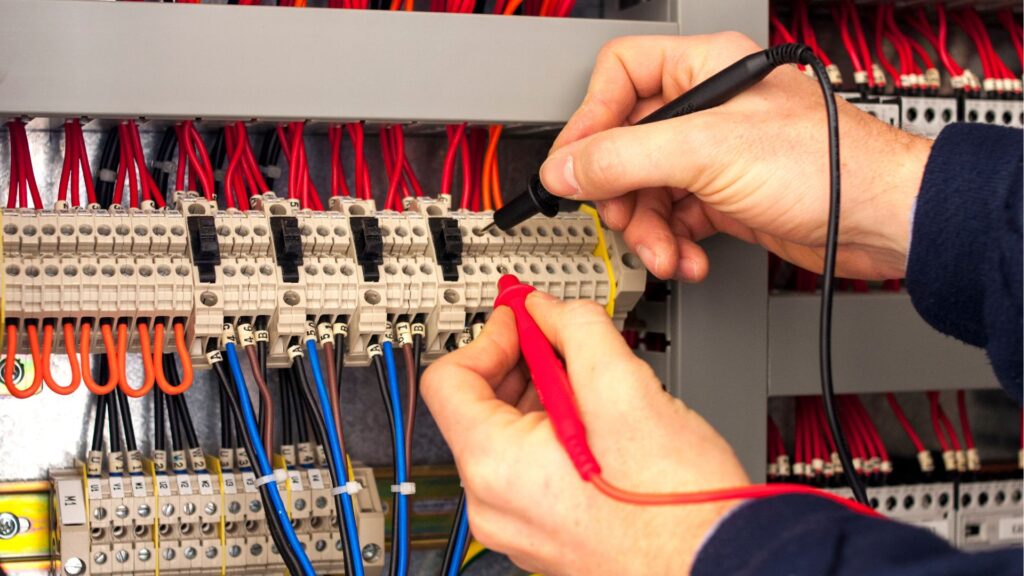
Key Problems with Solar Inverters
1. Installation and Isolation Faults
Improper installation is a frequent root cause of issues in solar inverter operation, including serious electrical isolation faults. These faults occur when the inverter fails to effectively segregate the direct current (DC) incoming from solar panels from the alternating current (AC) being fed into the home or grid. This failure not only poses significant safety risks, such as the potential for electrical fires or shocks, but also impacts the overall performance and efficiency of the solar power system.
Electrical isolation is critical as it ensures that any faults within the system do not compromise the safety of the electrical grid or the end user. When isolation faults occur, they can lead to unintended current paths that may not trigger protective devices, leaving the system vulnerable to further electrical failures.
2. Overheating
Overheating is a common challenge faced by solar inverters, primarily due to poor ventilation and placement in environments with high ambient temperatures. This excessive heat can significantly impact the inverter’s efficiency and longevity by inducing thermal stress on critical internal components such as capacitors and transistors. These components are essential for the smooth conversion of DC to AC power, and their degradation can lead to reduced output efficiency, increased operational noise, and even premature failure of the inverter.
Capacitors, in particular, are sensitive to heat and can lose their ability to store and regulate electrical energy effectively when exposed to high temperatures over prolonged periods. This can result in voltage irregularities which may not only affect the performance of the inverter but also pose risks to the connected electrical devices and appliances.
3. Failure to Restart
Failure to restart is a notable issue that can affect solar inverters, particularly following a shutdown due to grid disturbances or internal faults. Such failures are often due to glitches in the inverter’s software or malfunctions in the hardware components, which can hinder the system’s ability to reboot and resume normal operations.
The root of software issues can often be traced back to outdated firmware that may not be equipped to handle newer or unexpected types of grid fluctuations or internal errors. As solar technology and grid specifications evolve, keeping the inverter’s firmware up-to-date is crucial to ensure compatibility and functionality.
On the hardware side, components like the power relays or control circuits may fail or degrade over time, impeding the inverter’s ability to start up correctly after a shutdown.
4. Charge Holding and MPPT Issues
Some solar inverters experience difficulties in maintaining charge levels or effectively managing Maximum Power Point Tracking (MPPT). MPPT is a crucial feature that optimizes the energy transfer between the solar panels and the inverter, ensuring that the system operates at its maximum efficiency under varying sunlight conditions. When MPPT functions improperly, it can lead to significant losses in energy production and efficiency.
The problems with MPPT performance can often be attributed to suboptimal system configurations where the size and electrical characteristics of the solar panels do not match the specifications required by the inverter. This mismatch can prevent the inverter from effectively adjusting to changes in sunlight intensity and angle, resulting in reduced energy harvesting.
Component failures within the MPPT system, such as degraded sensors or malfunctioning circuit boards, can also lead to poor tracking performance. These components are vital for detecting and responding to changes in voltage and current, and any failure can disrupt the dynamic adjustment process.
5. Component Wear and Capacitor Failure
Capacitors within solar inverters are susceptible to significant wear and tear, primarily due to electromagnetic stress from continuous operation under fluctuating electrical loads. These components play an essential role in smoothing out voltage fluctuations and maintaining a stable electrical output. As capacitors degrade, they lose their capacity to store and regulate voltage, which can lead to inefficiencies in performance and, ultimately, inverter failure.
The degradation process is accelerated by factors such as temperature extremes, overvoltage, and cycling stress, which are common in environments where solar inverters operate. A failing capacitor might exhibit symptoms like increased heat production, bulging, or leakage, which are telltale signs that it needs replacement.
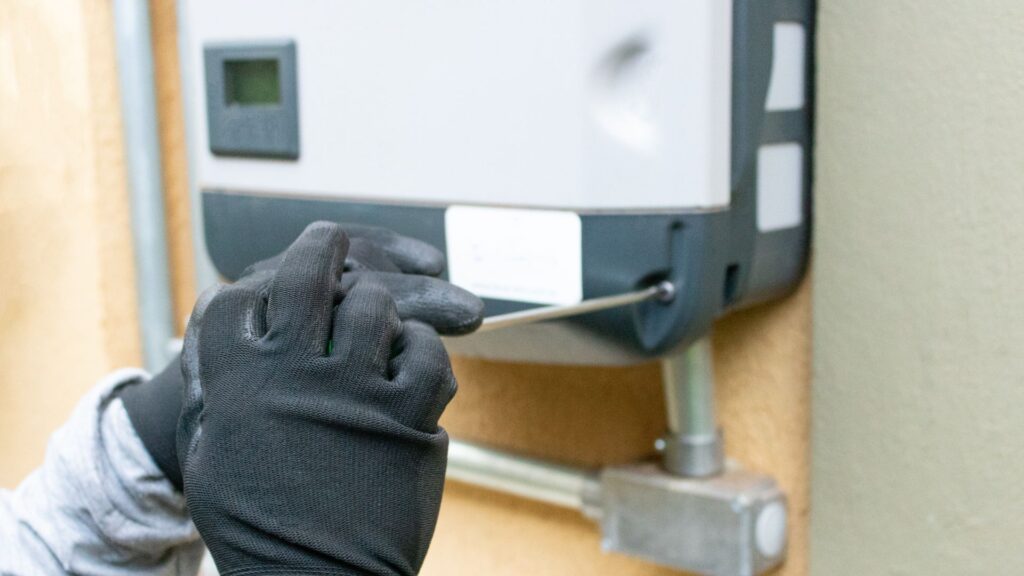
How to Tell if a Solar Inverter is Bad
Identifying a malfunctioning solar inverter early can prevent extensive system damage and costly repairs. One key indicator of a potential issue is the presence of unusual noises, such as buzzing or humming, emanating from the inverter. These sounds often point to electrical issues like loose connections, failing components, or internal arcing, all of which require immediate professional assessment.
In addition to auditory cues, regularly monitoring the inverter’s display for error messages or abnormal readings is crucial. These messages can indicate a range of problems, from overheating and voltage imbalances to more complex system faults. Early detection through these displays allows for quicker troubleshooting and repair, potentially extending the lifespan of the inverter and maintaining the efficiency of your solar power system.
Moreover, if the inverter frequently shuts down or fails to maintain consistent power output, these could be signs of degradation or failure. Regular checks and maintenance, using the manufacturer’s guidelines, can help catch these issues early on, allowing for timely repairs or adjustments by a professional technician.
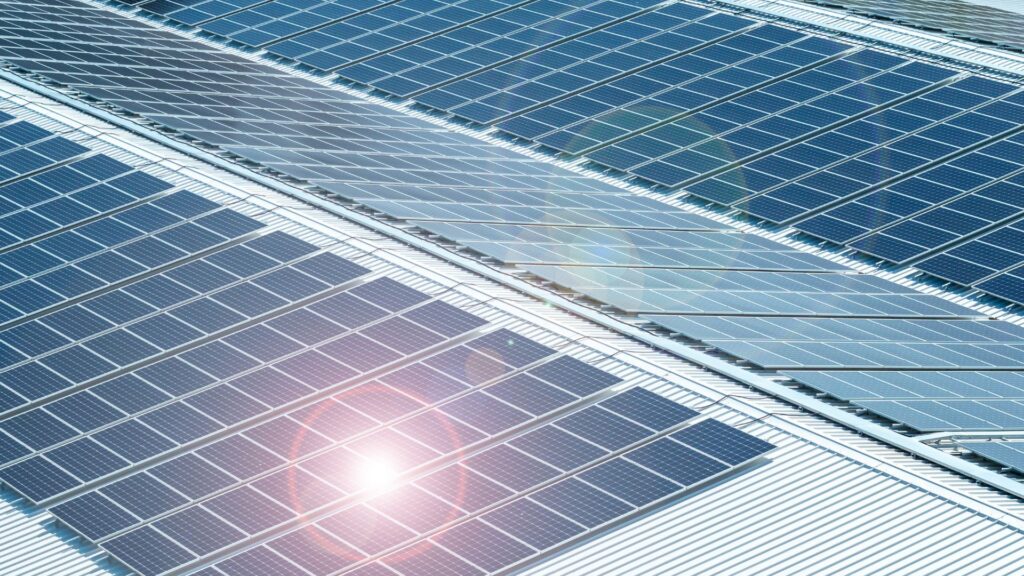
Minimizing Inverter Problems
1. Proper Installation and Setup
It is essential to install the inverter in an area that has adequate ventilation to prevent overheating, a common cause of premature failure. Additionally, the inverter should be shielded from direct sunlight and protected from environmental stressors such as dust and moisture, which can also affect its operation.
Ensuring the inverter is positioned away from areas prone to water ingress or excessive heat can significantly enhance its operational reliability and overall performance.
Proper installation not only reduces maintenance costs but also ensures the system operates at peak efficiency.
2. Regular Maintenance and Monitoring
Regular maintenance and monitoring are vital components in ensuring the longevity and efficiency of solar inverters. Scheduled inspections allow technicians to identify and address minor issues before they escalate into major failures, potentially saving significant repair costs and downtime.
Additionally, implementing advanced monitoring systems can provide real-time insights into the inverter’s performance, facilitating early detection of anomalies that may affect system operations.
These systems help in tracking efficiency metrics and alerting to faults like voltage fluctuations or unusual temperature increases, enabling prompt interventions. Consistent monitoring and maintenance not only prolong the inverter’s life but also optimize the solar system’s overall productivity.
3. Choosing Quality Components
Choosing high-quality components, especially inverters from reputable manufacturers, is essential for the reliability and efficiency of solar energy systems. High-quality inverters are less likely to encounter component failures and compatibility issues with solar panels.
These inverters are typically backed by more comprehensive customer support services and favorable warranty conditions, offering peace of mind and security in your investment.
Additionally, reputable manufacturers often use more advanced technology and stringent quality control processes, ensuring that their products deliver optimal performance and durability over time.
Investing in such quality components ultimately leads to lower maintenance costs and higher return on investment in the long run.
4. Software and Firmware Updates
Regular updates to the software and firmware of solar inverters are critical to maintain optimal function and security. These updates ensure that inverters remain compatible with evolving solar panel technologies and changing grid requirements. By staying updated, inverters can efficiently manage power output, improve system responsiveness, and enhance overall energy production.
Additionally, firmware updates are essential for safeguarding against cyber threats, as they often patch security vulnerabilities that could compromise the system’s integrity.
Keeping the inverter’s software and firmware up to date not only boosts performance but also fortifies the system against potential digital intrusions, ensuring a secure and reliable operation.
Conclusion
While solar inverters are pivotal in solar installations, they come with a set of challenges that need proactive management. By understanding these common problems and how to address them, users and installers can significantly enhance the performance and reliability of their solar energy systems. Regular updates, proper installation, and diligent maintenance are key to maximizing the benefits of solar power while minimizing downtime and losses due to inverter issues.
